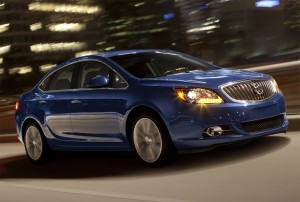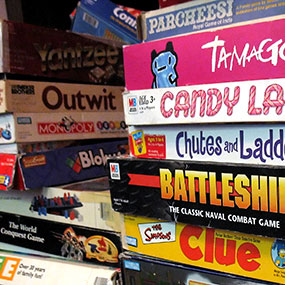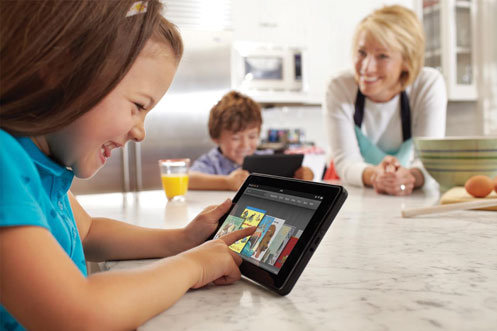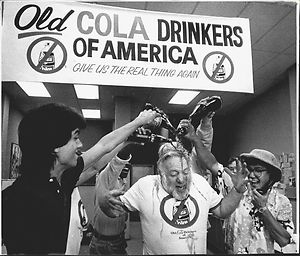It’s no secret that Walmart saves its shoppers lots of money, but according to Dale Buss’ brandchannel post, the retailer may also start paying them for making deliveries.
Currently, Wally World’s online orders are filled at the nearest store, and then delivered by FedEx to the customer’s address. Under the proposed supply chain, those deliveries would instead be made by fellow Walmart shoppers who would volunteer their time and gas in exchange for store credit.
 The idea would certainly “save money”, both the company’s and shoppers’, but will customers “live better”?
The idea would certainly “save money”, both the company’s and shoppers’, but will customers “live better”?
Buss warns of problems that could arise and is not sure if “crowdsourced” delivery is the best solution for the innovative retailer, and I agree with him, but not for the same reasons. He names sticky fingered drivers and customers’ unreliable cars as the main pitfalls, failing to realize the take-out food business has proven that, by and large, amateurs being paid next to nothing can be trusted with small deliveries.
However, while theft and untimeliness can be reported and dealt with through measures such as charging a penalty to the deliverer’s credit card, what cannot be remedied is the inconsistent service online shoppers would receive. This is in conflict with the strong corporate culture Walmart instills in all of its employees. Moreover, one must remember that online shopping is done not only by lazy young people, but also by the elderly and infirm who cannot leave home, and by those who live in remote locations. The former may feel especially vulnerable and would not appreciate having un-uniformed strangers showing up at the door, while the latter would probably have to wait a long time for someone willing to deliver to their address.
Walmart’s delivery idea would only stand a chance if measures were put in place to assure at least some consistency. While they’re at it, why not let customers volunteer to staff a few cash registers on busy days.




